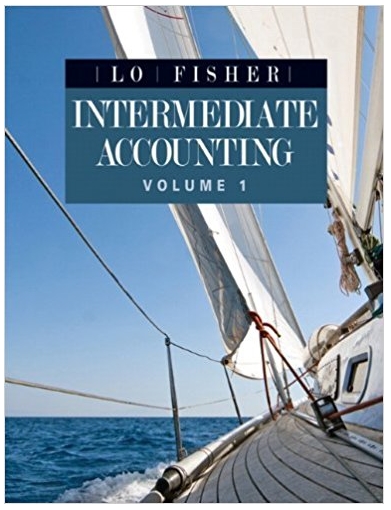Question
In Florida, and was reported in the Wall Street Journal in 2002. First, get out a piece of paper and draw a circle in the
In Florida, and was reported in the Wall Street Journal in 2002. First, get out a piece of paper and draw a circle in the middle of it about the size of an apple, draw a second circle just slightly larger than the first so that you now have a circle inside a circle. Now draw little stick houses around the outer circle. Your inner circle represents a man-made water retention pond (which was called a "lake" by the property developers). The property developers built the pond and the houses around it. They sold the houses and it's fair to assume they got a price premium for these houses, given that they were "lake view" or "lake front" homes. Once the houses were sold, the developer moved on to do more of the same, and never looked back. Now, go back to your sketch and label the two circles. The inner circle is the waterline. The outer circle is the property line of the "lake". For whatever reason, when the plots of land were drawn out for this development, all property lines for all of the houses ended yards away from the actual shoreline. The developer retained ownership of the pond and the shoreline. But the developer never paid property taxes on the lake, and the county put a lien on the property. Years later, an enterprising opportunist paid the back taxes and penalties owed on the lake and became the new owner of the lake. This new owner then proceeded to contact all of the home owners in the development and informed them of a choice - they could pay the new owner $30,000 to purchase the small portion of waterfront land in front of their homes (land that they erroneously thought they already owned). Their alternative, of course, was not to pay, but the new lake owner informed them that he would be building an 8 ft high pink fence on any of the shoreline that remained in his ownership, and yes, the fence would most definitely obstruct the home owners' views of the lake. In the end, nearly all/all of the home owners negotiated a land purchase with the new lake owner. As absurd as this story is, it clearly involves exclusion costs - which can be defined figuratively as "the costs of building a fence" around a good or service. This story involves an actual fence but what's the "good" (or "goods") in dispute? And what are it's characteristics (e.g., are the goods excludible or non-excludible; rival or non-rival in use)? What are the property rights in dispute and how best could this situation be avoided in the future?
Step by Step Solution
There are 3 Steps involved in it
Step: 1
The Lakefront Dispute A Case of Exclusion Costs The Good in Dispute In this situation the good in di...
Get Instant Access to Expert-Tailored Solutions
See step-by-step solutions with expert insights and AI powered tools for academic success
Step: 2

Step: 3

Ace Your Homework with AI
Get the answers you need in no time with our AI-driven, step-by-step assistance
Get Started


